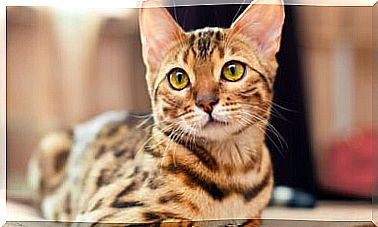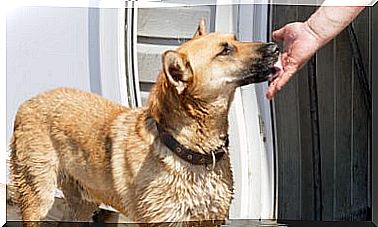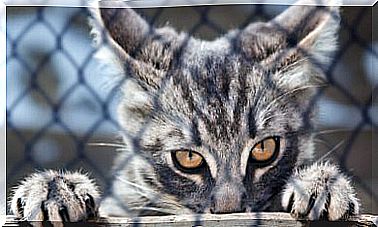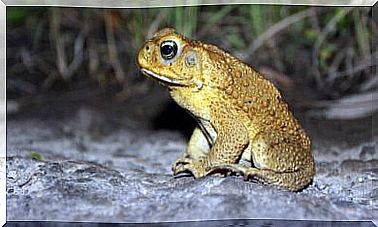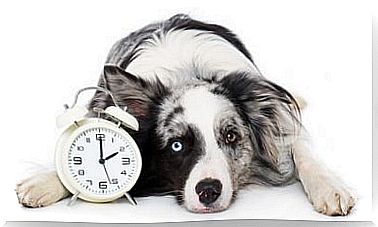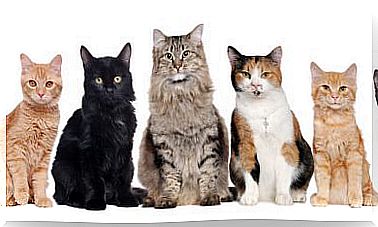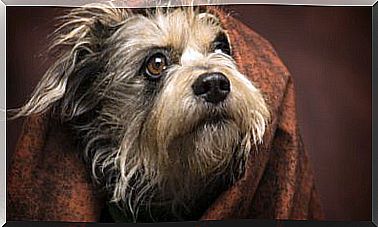What Is The History Of The Persian Cat?
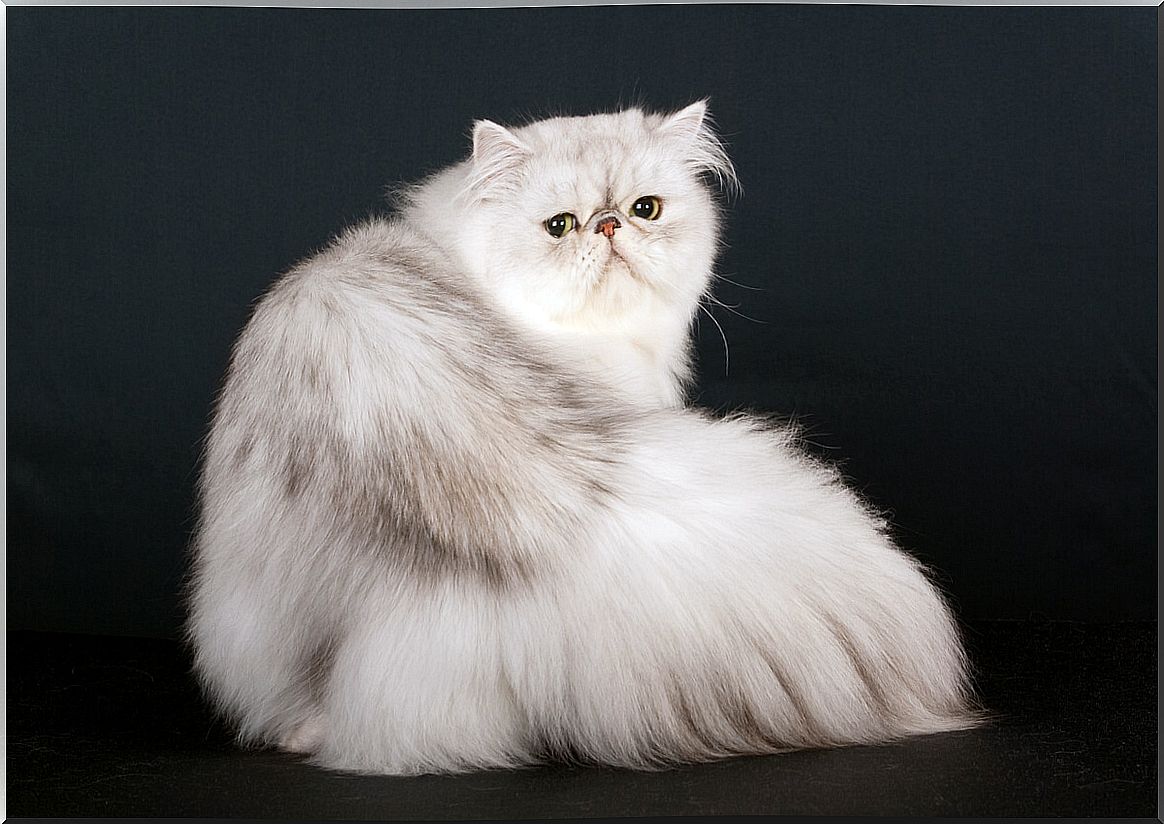
The Persian cat is an unmistakable breed among domestic cats, due to its abundant fur and wide, flattened face. It is not known exactly when this cat variant first appeared, but its records are very old.
The crosses with Angora cats had a lot to do with the creation of the breed as we know it today, as Persian cats share their long, straight hair with them. Its origin is located in ancient Persia, hence its name, to be later introduced in Europe and America. These felines are famous all over the world today.
Characteristics of Persian cats
Persian cats are usually medium or large in size and weigh between 3 and 5 kilograms, but they can reach larger sizes. With the large amount of hair they present, they appear even larger than they are. The most characteristic of these cats is their brachycephalic head, round and wide, with a large forehead and prominent cheekbones.
Their eyes are also large, round, and spaced apart, of a brilliant color — blue, green, hazel, or heterochromia. At the same height, is his small, flat nose. The ears are small and rounded, covered with hair.
The hair of the Persian cat is long and silky and can present different colors and patterns, such as bicolor, tricolor and tabby – with darker tones at the ends – or be of a single solid color: white, red, black, silver, gold, brown and many other shades.
Persian cats are docile and calm animals, as they tend to be affectionate with the family and live well with other pets. Due to their dense and long fur, these cats need daily brushing and the occasional visit to the feline hairdresser to preserve the shape of their hair throughout the year.
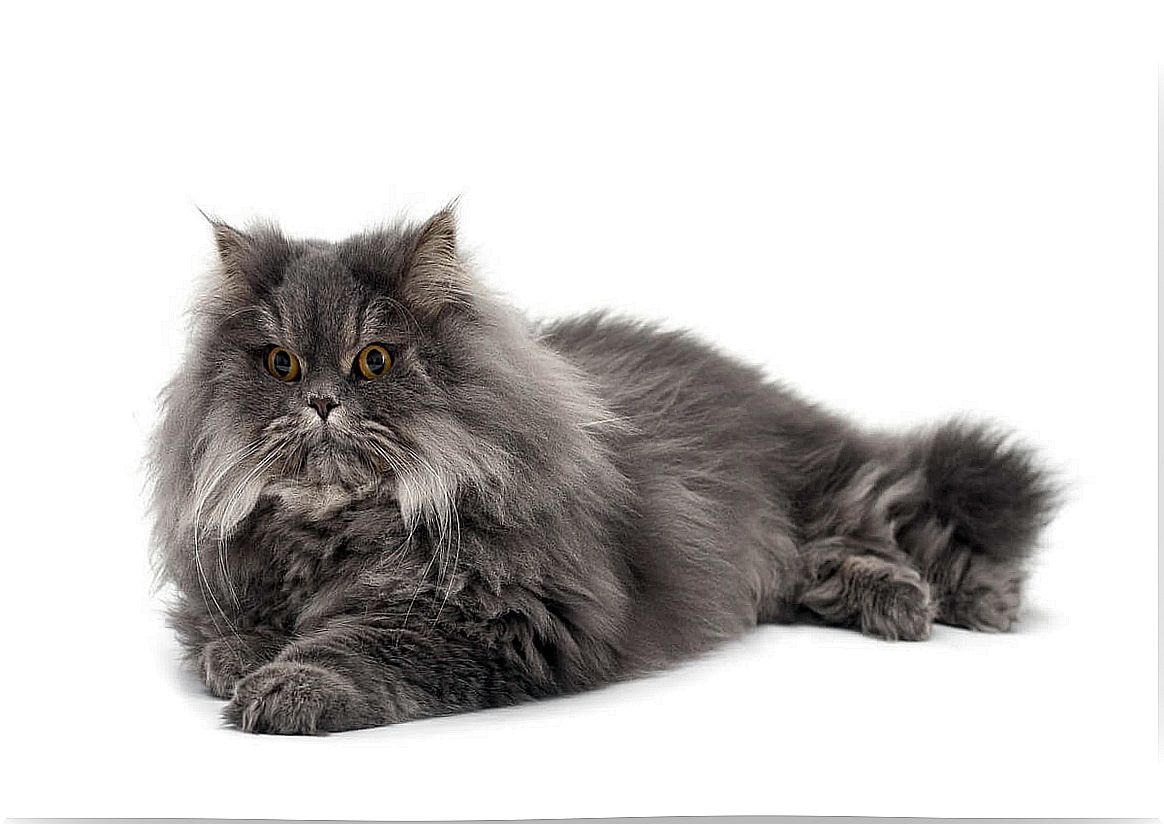
When and where did the breed arise?
Although it is not known with certainty, it is believed that Persian cats date back to the early 17th century and were originally from the area of Persia – which now corresponds to Iran. Later, they were introduced on the European continent to places like Italy and France, where they became enormously popular.
Specimens arrived in England in the 19th century, which were repeatedly crossed with Angora cats, with the aim of obtaining a longer and silkier coat. Persian cats were highly sought after, especially after becoming popular with the royal family.
Queen Victoria owned many pets and among them was a black and white Persian cat named White Heather, who accompanied her until her old age. In this same country, the first exhibition of purebred cats was organized, at the Crystal Palace in London, where the Persian breed was presented along with others, such as the Siamese cat.
These exhibitions were intended to encourage the different breeding programs, in order to perpetuate the feline breeds and accentuate their characteristics. From these events the different cat clubs began, of which there are currently more than 150 registered.
After its success in Europe, the breed was exported to the United States, where they continued to search for a flatter face and small nose in this feline. At times, this aggressive genetic selection has caused serious health problems in the animal.
Variations of the Persian cat
The breed, as we know it today, is the result of strong selective breeding in recent decades. There are many different variations of the breed and some of the most common are the following:
- Black Persian, with orange eyes.
- White Persian, with blue, orange or disparate eyes.
- Persian blue cat.
- Red Persian.
- Cream persian.
- Smoky Persian cat, with a light silver color at the root – and in the middle of the hair – and darker at the tips. This variation has different shades and ranges and is very similar to the chinchilla color.
- Chinchilla Persian.
- Marbled Persian, which can be silver, red or brown.
- Persian tortoiseshell cat, black, red, cream, white, bicolor, blue and / or white.
- Persian color point, with color on the ends.
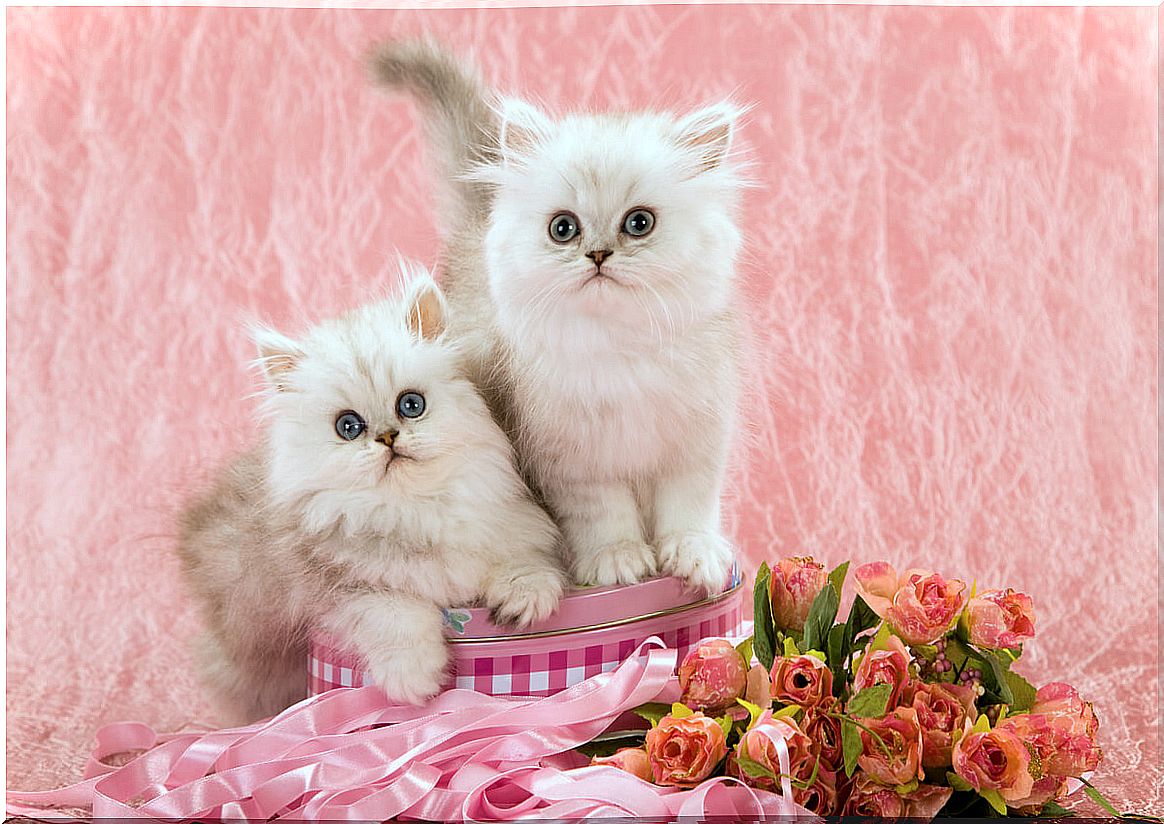
This feline breed is one of the most valued that exist. The proof of this is that 75% of registered pedigree cats are Persian. In any case, the genetic selection that makes these felines so beautiful has also taken its toll on their health. Up to 50% of Persian cats have kidney diseases associated with their genetics.
